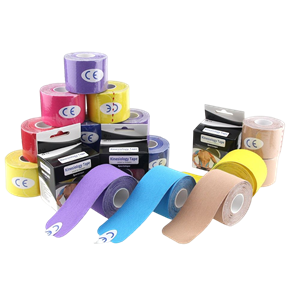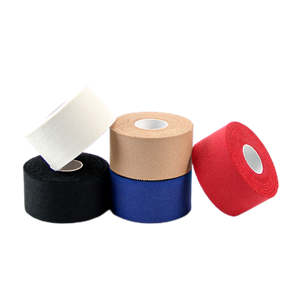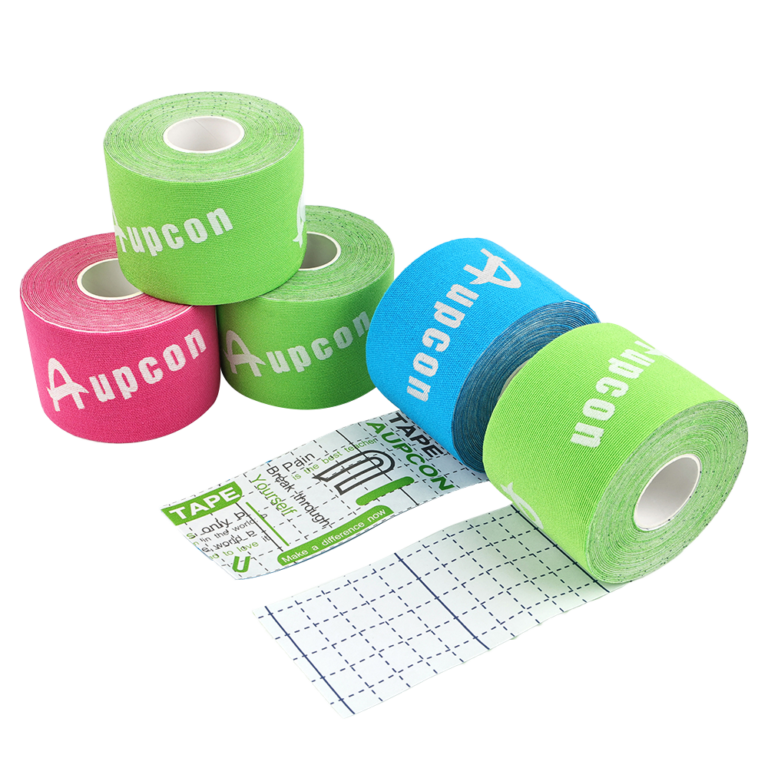Self adherent cohesive bandage wrap is a stretchable, breathable, and waterproof material that can be cut to length. Self adherent cohesive bandage wrap is often used in hospitals and nursing homes because it conforms to both the patient’s body and the wound. It’s often used on wounds that need to be drained of fluids.
What is Self Adherent Cohesive Bandage Wrap?
Self Adherent Cohesive Bandage Wrap, also known as SACB, is a type of bandage that is used to provide support and compression to injured muscles and joints. It is made from a stretchy material that sticks to itself, making it easy to apply and remove.
SACB is often used to treat sports injuries such as sprains and strains. It can also be used to secure dressings or IV catheters in place. SACB is available in a variety of widths and colors, making it customizable for each individual’s needs.
To apply SACB, simply wrap it around the affected area. The bandage will adhere to itself, so there is no need for clips or fasteners. To remove the bandage, simply peel it away from the skin.
SACB is an effective and convenient way to provide support and compression for injured muscles and joints. It is easy to apply and remove, and can be customized to fit each individual’s needs.
How To Use Self Adherent Cohesive Bandage Wrap?
Self-adhesive cohesive bandage (SACB) is a type of bandage that sticks to itself. It does not need any clips or fasteners and can be easily applied by wrapping it around the affected area. SACB is often used to support sprains and strains, adjust dressings, and secure IV catheters.
To use SACB, start by cutting the bandage to the desired length. Wrap the bandage around the affected area, overlapping each layer by about half. Once you’ve reached the end of the bandage, adhere the end to itself to secure it in place.
SACB can be worn for several days at a time and can be easily removed by peeling it off. If the bandage gets wet, it may lose some of its stickiness; simply let it dry before reapplying.

What Kind of Wounds Can be Treated with Self Adherent Cohesive Bandage Wrap?
There are many different types of wounds that can be treated with self adherent cohesive bandage wrap. Some of the most common include:
-Abrasions: Also known as scrapes, these are wounds that occur when the skin is rubbed or scraped against a rough surface. Abrasions can be painful and often result in bleeding.
-Lacerations: These are wounds that occur when the skin is cut or torn open. Lacerations can be deep or shallow, and may require stitches to close them.
-Burns: Burns can range from first-degree (superficial) to third-degree (full thickness). Self adhesive cohesive bandage wrap can be used to treat first and second degree burns.
-Blisters: Blisters occur when fluid accumulates under the skin, often as a result of friction. They can be painful and should be treated with caution to avoid further injury.
How Long Does the Wrapping Process Take?
The wrapping process can take anywhere from a few minutes to an hour, depending on the size and severity of the injury. For smaller injuries, such as a sprained ankle, the wrapping process can be completed in just a few minutes. However, for larger injuries, such as a broken leg, the wrapping process may take up to an hour.
Why Should You Choose Self Adherent Cohesive Bandage Wraps?
If you are looking for a bandage wrap that will stay in place and provide support, self-adherent cohesive bandage wraps are a great option. These type of bandages are made from a stretchy material that sticks to itself, so they can be wrapped tightly around an injury without the need for pins or tape. They are also easy to remove and won’t leave any sticky residue behind.
Self-adherent cohesive bandage wraps are often used to support sprains and strains, as well as to secure ice packs or heat wraps in place. They can also be used to hold dressings in place or create makeshift slings. These versatile bandages are available in a variety of widths and lengths, so you can find the perfect size for your needs.





Conclusion
Self-adhesive bandages are a versatile and convenient product that can be used for a variety of purposes. They are easy to apply and remove, and they provide support and compression without the need for clips or fasteners. Self-adherent bandages are also waterproof, making them ideal for use on wounds that may come into contact with water. If you’re looking for an all-purpose bandage that will meet your needs, self-adherent cohesive wrap is a great option to consider.
FAQ
What is self adherent wrap used for?
A self-adherent wrap used to secure dressings and other devices; compress or protect wound sites; immobilize injuries, and more. A self-adherent elastic wrap that functions like a tape, but sticks only to itself. Used to secure dressings and other devices; compress or protect wound sites; immobilize injuries and more.



